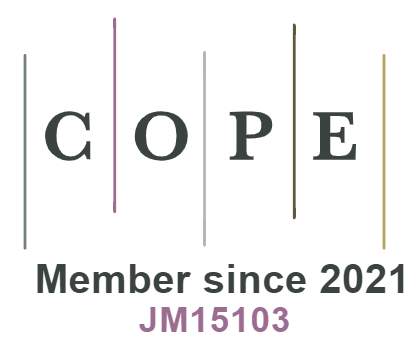Rzeczywiste czy wyobrażone? Uszkodzenia, ubytki, deformacje posągów antycznych inspiracją dla multimedialnych działań wybranych artystów współczesnych
DOI:
https://doi.org/10.18778/1733-0319.S15.04Słowa kluczowe:
ancient sculptures, damages, defects, computer photomontage, fragmentation, aesthetic deformation, theatricality of body, idealization of destructionAbstrakt
In this article I would like to show the potential of the destroyed ancient sculptures and therefore to explore a variety of new themes and issues that may be generated through re-using the motives by the artists. I was especially interested in creators, who undertook a multimedial game with traditional sculpture representations, using the potential of performance art, photography, digital image processing and computer photomontage. Mary Duffy by her performative actions showed that the deformed body of the ancient sculpture forms also her everyday reality. The damaged statue of “Venus de Milo” has become a useful inspiration for stories about disability and discrimination. Maciej Osika chose the path of fantasy and aesthetisation of the damages. Graphic processed assemblies allowed him to tell us about the perfection of the human body, while Davide Bedoni decided to show that the sculptures can describe the infinite myth of harmony, which defects will be complemented by the portraits of contemporary icons of beauty. The technique of exploring the audience has been chosen by French artist Diane Ducruet by showing “Passengers” to the viewers. The artist used the facial photographs of her loved ones through which fragments of well known, damaged Louvre sculptures are barely noticeable. Ducruet talks about the elusiveness of life by those damaged portraits. Likewise all the artists mentioned above she also blurs the boundaries between what is real and what is imaginary.Pobrania
Opublikowane
2015-01-01
Jak cytować
Pawełczyk, D. (2015). Rzeczywiste czy wyobrażone? Uszkodzenia, ubytki, deformacje posągów antycznych inspiracją dla multimedialnych działań wybranych artystów współczesnych. Collectanea Philologica, 35–45. https://doi.org/10.18778/1733-0319.S15.04
Numer
Dział
Articles
Licencja

Utwór dostępny jest na licencji Creative Commons Uznanie autorstwa – Użycie niekomercyjne – Bez utworów zależnych 4.0 Międzynarodowe.












